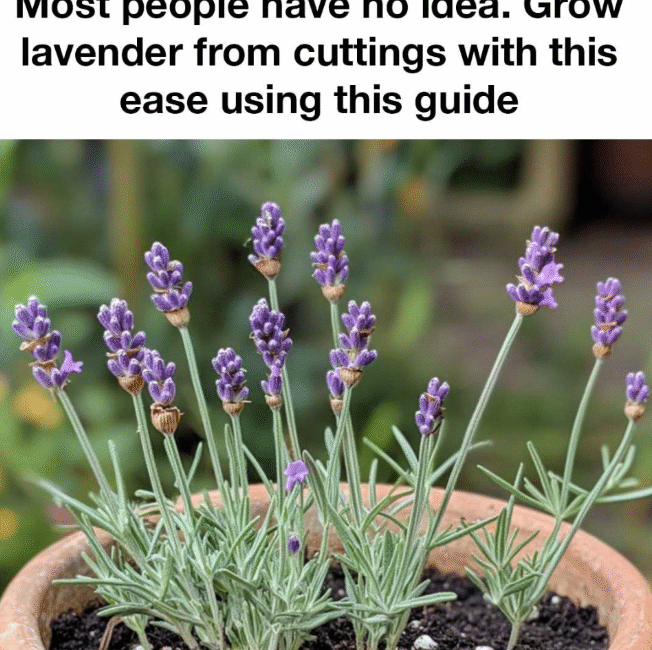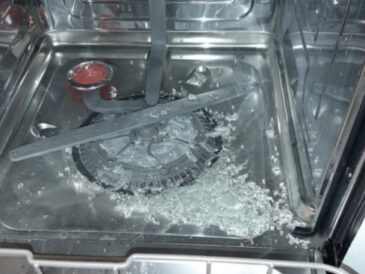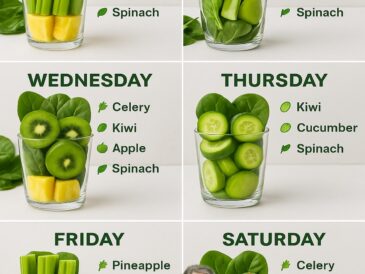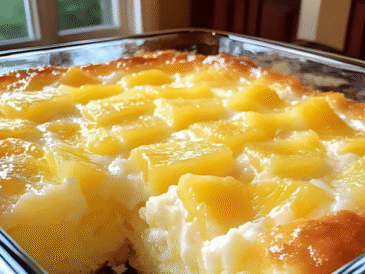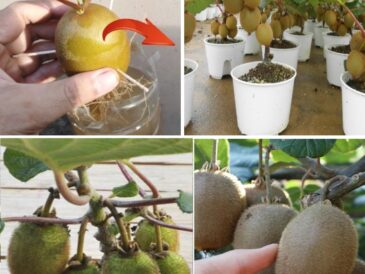Lavender—its name alone conjures images of fragrant purple fields basking under the sun. The soothing aroma, the vibrant flowers, the culinary uses, and its therapeutic benefits make lavender one of the most cherished plants worldwide. Whether you’re a seasoned gardener or just someone dreaming of your first garden, lavender holds a special place for its versatility and charm.
Many people purchase lavender plants from nurseries, but there’s a secret most don’t know: growing lavender from cuttings is one of the easiest, most economical, and rewarding methods to propagate this beloved plant. This method doesn’t just save money; it also guarantees that your new plants will be true genetic clones of your favorite lavender, preserving all the unique traits—flower color, fragrance, growth habit—that you love.
If you’ve never tried it before, or if you’ve struggled to grow lavender, this comprehensive guide will walk you through every step, making the process simple and successful.
1. Understanding Lavender: A Brief Overview
Before diving into propagation, it’s helpful to understand a bit about lavender itself.
Lavender belongs to the genus Lavandula, which includes about 47 species of flowering plants in the mint family, Lamiaceae. Native to the Old World—ranging from Cape Verde and the Canary Islands, across Europe and northern and eastern Africa, the Mediterranean, and as far as southwest Asia and southeast India—lavender is naturally adapted to warm, sunny climates with well-drained soils.
Among the species, Lavandula angustifolia, commonly known as English lavender, is the most widely cultivated. This species is beloved for its classic purple flowers and robust fragrance. Other popular species include Lavandula stoechas (French lavender), Lavandula dentata (Spanish lavender), and Lavandula x intermedia (lavandin), a hybrid known for its larger size and greater oil production.
Lavender’s Growing Preferences
- Sunlight: Lavender thrives in full sun, requiring at least 6–8 hours daily.
- Soil: It prefers well-drained, slightly alkaline soils.
- Water: Once established, lavender is drought-tolerant.
- Climate: While it enjoys hot, dry summers, lavender can tolerate a range of temperatures but struggles with wet or overly humid conditions.
Lavender’s silvery-green foliage and purple flower spikes not only appeal to humans but also attract vital pollinators like bees and butterflies.
2. Why Grow Lavender from Cuttings?
You might wonder: why bother with cuttings when you can simply buy plants or grow from seed? Here are some compelling reasons to choose propagation by cuttings:
Cost-Effective Propagation
Buying several lavender plants can get pricey. Starting from cuttings is essentially free once you have a mature plant. You can expand your garden or share plants with friends at virtually no cost.
Genetic Consistency
Seeds often lead to variability—plants may differ in fragrance, flower color, or growth habits from their parents. Cuttings produce clones, so every new plant retains the exact characteristics of the parent.
Faster Growth Compared to Seeds
Lavender seeds are notorious for slow, unpredictable germination and require patience. Cuttings, on the other hand, usually root and start growing within a few weeks, accelerating the process.
Personal Satisfaction and Learning
There’s a unique joy in nurturing a tiny cutting into a thriving plant. The process deepens your gardening knowledge and confidence.
3. Choosing the Right Time for Propagation
Timing matters.
The ideal period to take lavender cuttings is during the growing season, from late spring to early summer. During this window, plants are actively growing, and stems are at the semi-hardwood stage—perfect for rooting.
Avoid taking cuttings during winter or the plant’s dormant phase. Cuttings taken too late in the year may struggle to root or establish before cold weather.
For best results, choose a day with mild temperatures, avoiding extreme heat or cold. Early morning is ideal because the plant’s moisture levels are higher, reducing the risk of wilting.
4. Selecting the Ideal Lavender Cuttings
Not all stems are suitable for propagation. Here’s how to select the right ones:
- Length: Aim for stems about 4 to 6 inches (10–15 cm) long.
- Type: Semi-hardwood stems—neither too soft and green nor fully woody—are optimal.
- Condition: Choose healthy stems free from pests, disease, or damage.
- Flowering Stage: Avoid flowering stems. Flowers sap energy from root development.
When you snip a stem, make sure it has several sets of leaves but remove the flowers or buds.
5. Preparing Your Tools and Materials
Before you begin, gather everything you need:
- Sharp pruning shears or scissors, sterilized to prevent disease.
- Clean container of water (optional, for holding cuttings before planting).
- Rooting hormone (optional but highly recommended), available as powder, gel, or liquid.
- Small pots or seed trays.
- Well-draining potting mix (more on this soon).
- A plastic dome or clear plastic bag to maintain humidity.
Sterilize your tools by wiping them with rubbing alcohol or a diluted bleach solution to minimize infection risks.
6. Step-by-Step Guide to Taking Cuttings
Step 1: Take Your Cutting
Using sterilized shears, cut a 4–6 inch stem just below a leaf node—the point where leaves attach to the stem.
Step 2: Remove Lower Leaves
Strip off leaves from the bottom half of the cutting to prevent rot and expose the stem for rooting.
Step 3: Dip in Rooting Hormone
Click page 2 for more
